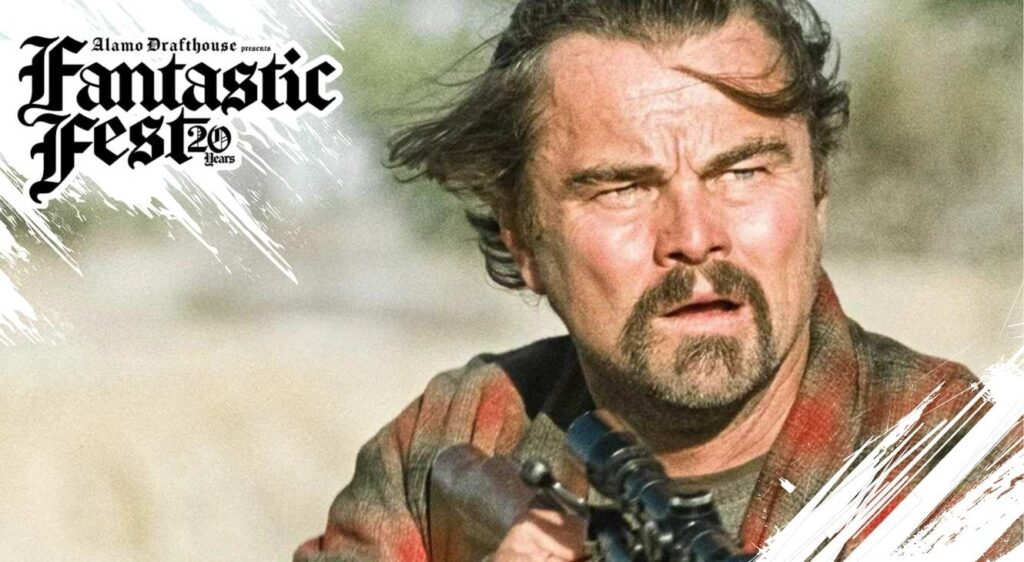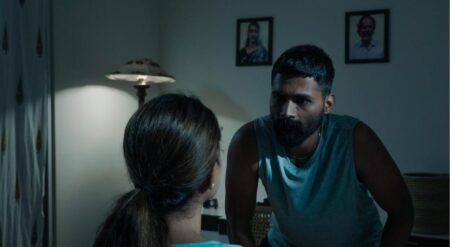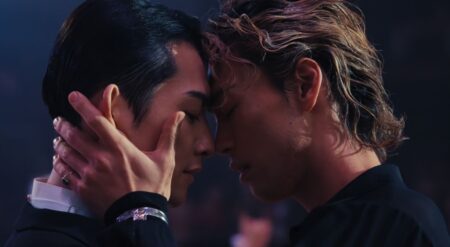Throughout its entire marketing campaign, One Battle After Another has been a bit of an enigma. The film by legendary auteur Paul Thomas Anderson (most recently Licorice Pizza), starring Leonardo DiCaprio (Killers of the Flower Moon), has a premise that feels like a nightmare to try to explain to the layman. Yet, there’s been an all-out marketing blitz, with everyone from Tony Hawk to Fortnite getting in on the action. Once you see the film, it almost makes sense.
One Battle After Another is full of contradictions. Paul Thomas Anderson adopts the language of blockbusters while also playing to the arthouse crowd. Anderson’s screenplay is both quietly radical and, at times, fairly uninterested in politics. The performances are explosive yet understated. All of these dichotomies make One Battle After Another a wonderful contradiction in and of itself.
Sixteen years ago, Bob Ferguson (Leonardo DiCaprio) and Perfidia Beverly Hills (Teyana Taylor) were key members of the revolutionary group called the French 75, fighting against an increasingly fascist government. In the midst of activities such as liberating immigration detention centers, Bob and Perfidia’s love blossoms, resulting in the birth of their child, Willa. Their whirlwind family unit is interrupted when the French 75 are hunted by the cruel Colonel Steven Lockjaw (Sean Penn). Perfidia escapes as Bob and Willa are forced to go into hiding.
Part blockbuster, part arthouse – One Battle After Another is a battle of contradictions.
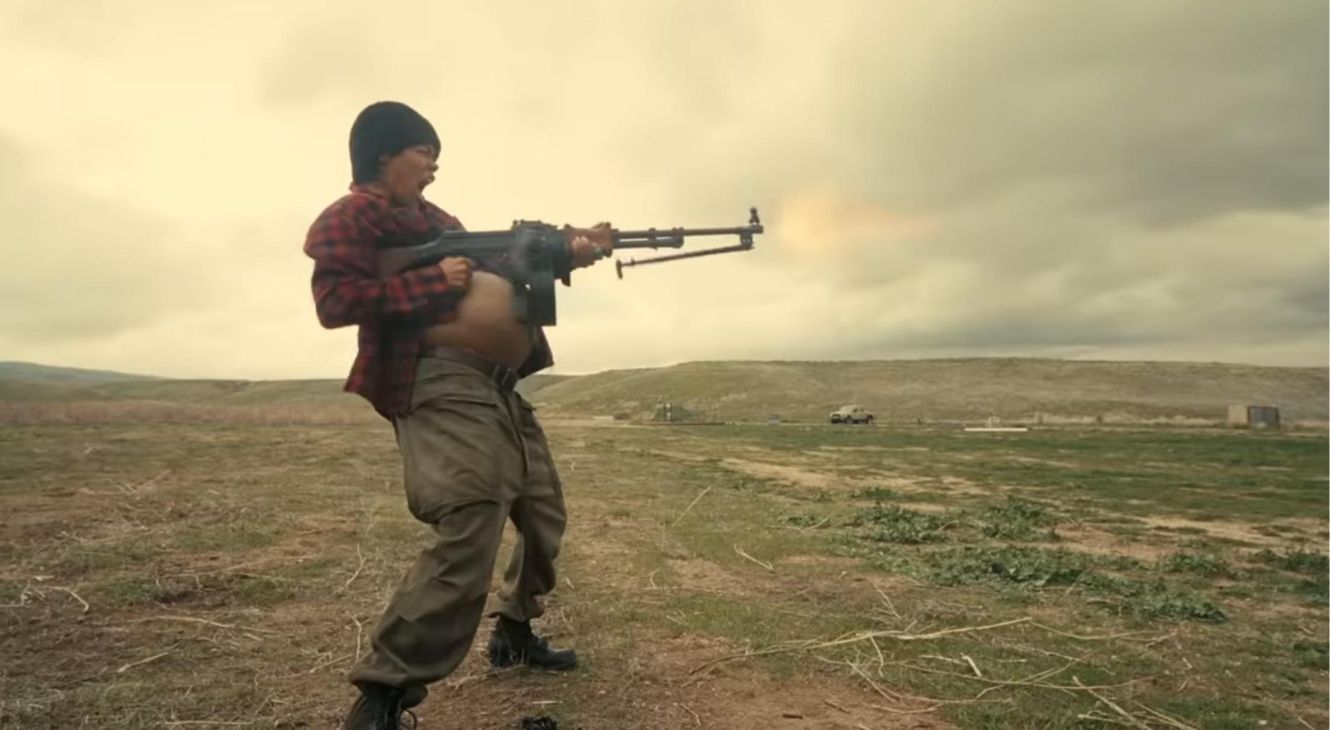
Present day, Willa (Chase Infiniti) has grown up, and Bob has descended into a stoner lifestyle. When Willa is away at a dance, one of Bob’s French 75 buddies, Deandra (Regina Hall), rescues her from the impending return of Col. Lockjaw. Bob, with the help of a local dojo master, Sergio St. Carlos (Benicio del Toro), resolves to find Willa before Lockjaw has her in his clutches.
On a formal level, Paul Thomas Anderson manages to split the difference between something surprisingly mainstream while still off-kilter. Cinematographer Michael Bauman has a keen eye for action. Make no mistake, for a shocking amount of the runtime, One Battle After Another resembles a traditional action blockbuster. Clear, clean framing allows for exciting sequences such as Sergio St. Carlos’ team helping Bob make a daring rooftop escape or the film’s huge centerpiece third-act car chase that moves with sound and fury. It’s no wonder that IMAX screens will be showing the film, as it feels absolutely massive.
Despite the thrilling blockbuster aesthetic shift for Anderson, One Battle After Another still remains far from a “normal” action movie. The way Bauman shoots One Battle After Another warps the modern-day landscape into a hellish post-apocalypse without changing anything but framing.
Explosive action keeps things moving, with it all culminating in a massive finale.
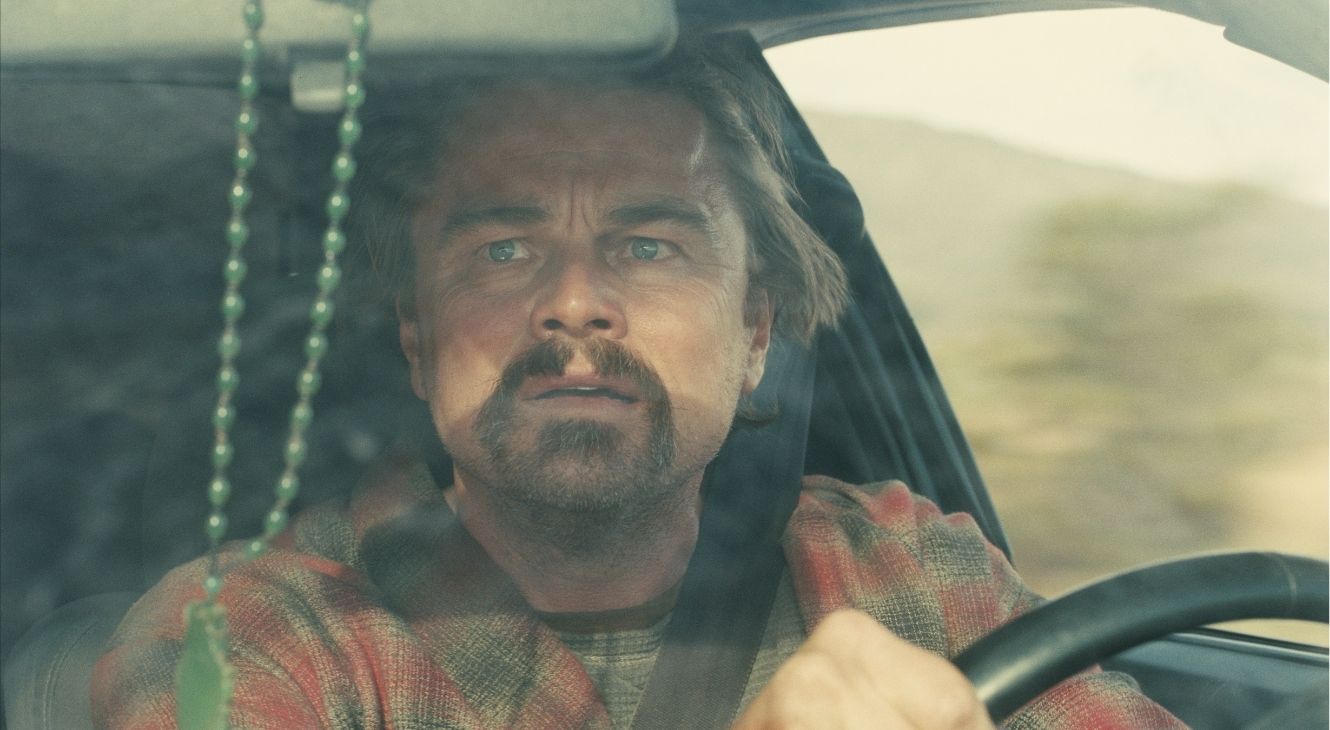
Jonny Greenwood‘s discordant piano-based score allows for an erratic, unpredictable rhythm to take over. Tonally, Anderson’s film glides from stoner comedy to political thriller to family drama to full-on action and all the way back again. Somehow, it works, making for an appetizing and crowd-pleasing stew.
The script is one of the strangest elements in an already strange movie. Major props must go to Paul Thomas Anderson for writing a film, inspired by Thomas Pynchon‘s novel Vineland, that explicitly confronts White Supremacy, immigration detention centers, the rise of fascism in the United States, and the importance of revolutionary action.
While all these elements are present at all dates, they almost fade into the background as the father-daughter story takes precedence. It’s not quite a cop-out, but the thematics becoming less important than the more straightforward narrative is a bit disappointing, as the film stops short of being as loudly radical as it could be. Nevertheless, the dialogue is so funny here, the development of the French 75 as a revolutionary group so precise, and the characters so fully formed and hyper-specific that its lack of full-throated commitment to the revolution stings a bit less.
The emphasis on father-daughter dynamics pulls the reins on the film’s innate radicalism.
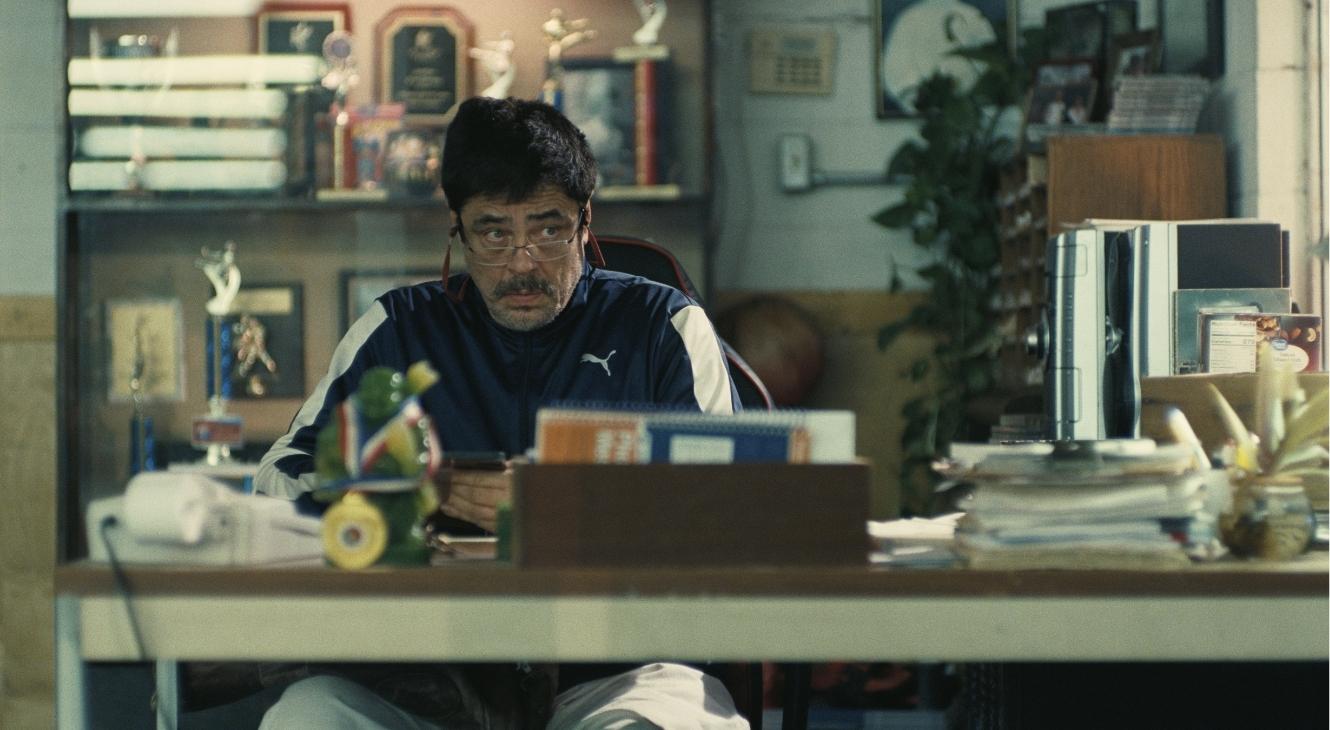
The last contradiction of the film, its performances, makes up for the slight inadequacy of the script. Everybody here is going full over-the-top while also being utterly believable in their roles. Leonardo DiCaprio shows why he’s such a celebrated performer in a role that allows him to be a crackpot and a loving father at the same time. Chase Infiniti shows significant promise as the representative of a new generation entering an age-old fight.
Benicio del Toro could play cool in his sleep, while Teyana Taylor absolutely blows up the screen as a headstrong badass who is just barely able to hide her second thoughts. Sean Penn tops all as a truly maniacal representation of the modern era of egomaniacal fascism, who is as scary as he is hilariously evil. On paper, all of these characters could read as unbelievable, pulpy cartoon characters. They’re given believability due to how fully they immerse themselves in their portrayals.
One Battle After Another is a mixture of disparate elements that shouldn’t work, but against all odds does. Paul Thomas Anderson brings his requisite toolbox while exploring new territory, buoyed by a series of incredible performances. One Battle After Another is the kind of movie that is essential to the 2025 landscape.
It’s hardly the only big mainstream social commentary this year (here’s looking at you, Eddington), nor is it the first example of an auteur stepping outside of their comfort zone (see: Caught Stealing), but it has a magnetic appeal in the same way as Sinners does, destined to entice audiences into something out of their comfort zone. One Battle After Another is having one battle after another with itself, and who wins? The audience.
One Battle After Another is in theaters everywhere.
One Battle After Another
-
Rating - 9/109/10
TL;DR
One Battle After Another is a mixture of disparate elements that shouldn’t work, but against all odds does. Paul Thomas Anderson brings his requisite toolbox while exploring new territory, buoyed by a series of incredible performances.

